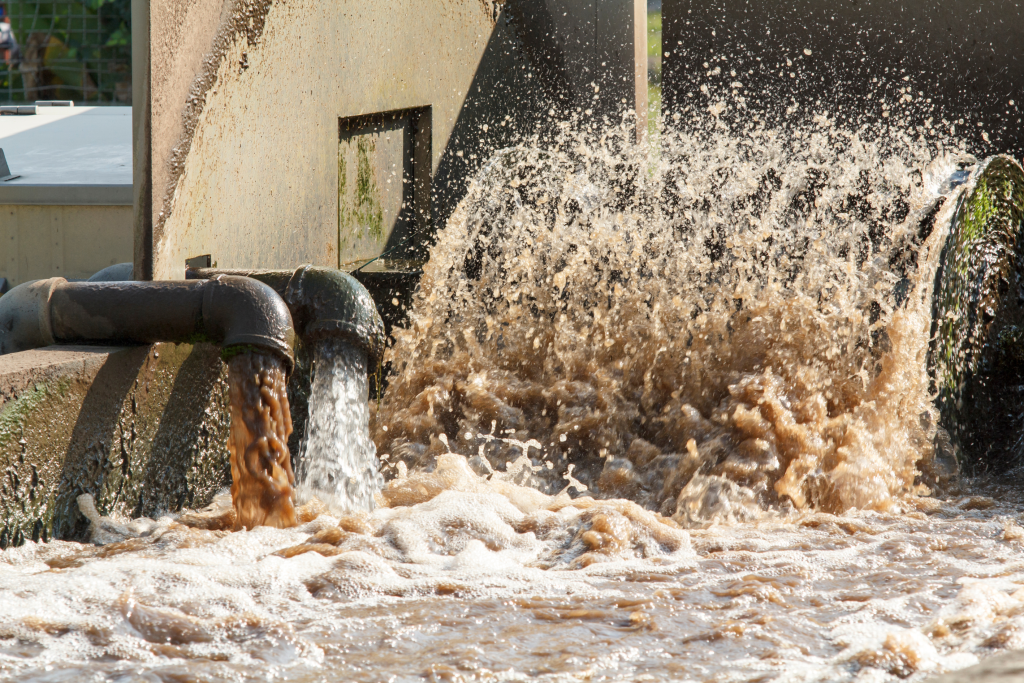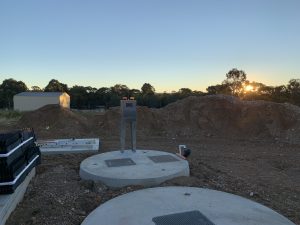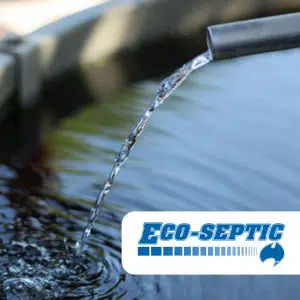The Key to a Healthy Home: Understanding the Importance of Regular AWTS Maintenance
Expanding on the importance of AWTS maintenance involves further elucidating the significance of each aspect of maintenance, providing additional tips and insights for homeowners, and reinforcing the message of proactive care for a sustainable living environment.
Why Maintenance Matters
Preventing Costly Repairs: Regular maintenance serves as a proactive measure against potential breakdowns and malfunctions, mitigating the need for expensive repairs in the future. By promptly addressing minor issues, homeowners can avoid the inconvenience and financial burden associated with major system failures.

Ensuring Proper Treatment: Delving deeper into the mechanics of AWTS, it’s crucial to highlight how regular maintenance optimizes the treatment processes. From aerators to clarifiers, each component plays a vital role in wastewater treatment, and proper upkeep ensures efficient operation, thereby minimizing the risk of untreated or partially treated wastewater discharge.
Protecting Your Property Value: Expanding on the impact of a malfunctioning septic system on property value, homeowners can gain a deeper understanding of the long-term implications. Beyond monetary value, a well-maintained AWTS contributes to the overall desirability and marketability of the property, enhancing its appeal to potential buyers.
Environmental Responsibility: In discussing environmental implications, emphasizing the interconnectedness of human activities and environmental health can underscore the urgency of responsible septic system management. By highlighting real-life examples of environmental degradation due to septic system neglect, homeowners are encouraged to take proactive steps in preserving natural ecosystems and safeguarding public health.
Components of AWTS Maintenance
Routine Inspections: In addition to emphasizing the importance of qualified technicians, providing guidance on what homeowners can expect during routine inspections can empower them to actively participate in the maintenance process. Educating homeowners on how to interpret inspection results and identify potential red flags fosters a collaborative approach to system care.
Pumping and Filter Cleaning: Offering practical advice on determining the appropriate pumping frequency based on household size and usage patterns can help homeowners establish a maintenance schedule tailored to their specific needs. Similarly, providing step-by-step instructions on filter cleaning procedures empowers homeowners to take proactive measures in maintaining system functionality.
Monitoring Chemical Usage and Landscaping Considerations: Building on the discussion of chemical impacts and landscaping practices, offering alternative solutions and eco-friendly alternatives further reinforces the message of environmental stewardship. From DIY recipes for natural cleaning products to landscaping tips for minimizing root intrusion, homeowners are equipped with actionable strategies for minimizing environmental impact.
DIY vs. Professional Maintenance
While underscoring the importance of professional expertise, highlighting instances where DIY maintenance tasks are feasible encourages homeowners to take an active role in system care. By providing resources such as instructional videos or printable maintenance checklists, homeowners are empowered to supplement professional services with proactive maintenance measures.
The importance of AWTS maintenance, homeowners gain a comprehensive understanding of their role in preserving system functionality and environmental integrity. Through proactive care and responsible stewardship, homeowners can ensure the long-term health and sustainability of their homes and surrounding ecosystems.
For a Free Quote and Sizing on all Septic Tanks Made in Australia call the team at Eco-Septic on 1800 808 135
Related Posts
- Why should effluents be treated before discharge?
- What Are The Three Types Of Pump Wells?
- The Benefits of Using a Pump Well for a Septic Tank
- Navigating Wastewater Solutions: A Guide to the Application Process Through NSW Councils
- The Various Uses of Treated Wastewater
- Septic Tank vs. Sewer System: Making the Right Choice for Your Sydney Property
- Five reasons to use Australian-made septic tanks
- Why Eco Septic Tanks are the Eco-Friendly Choice for Your Home





